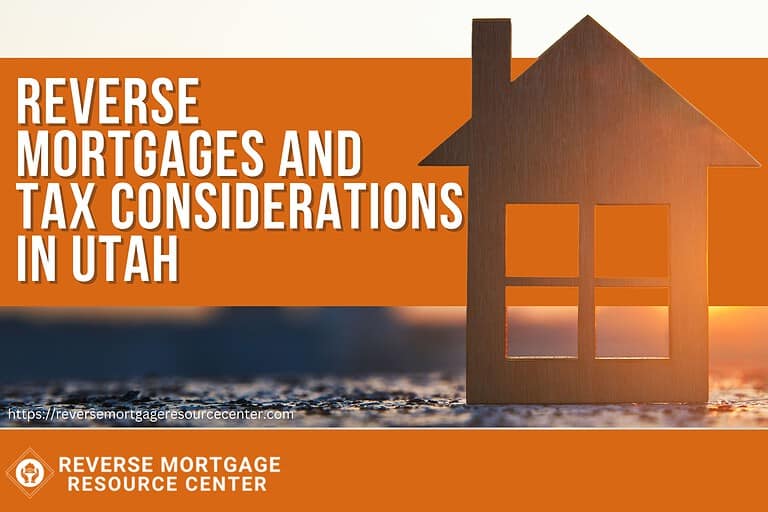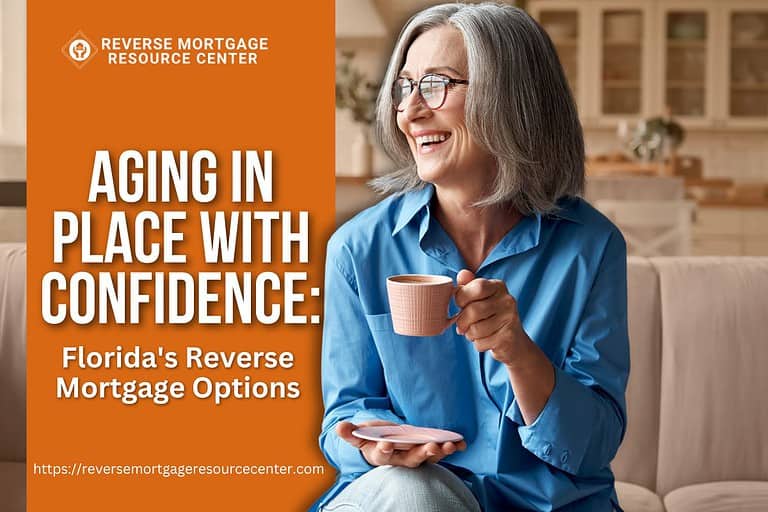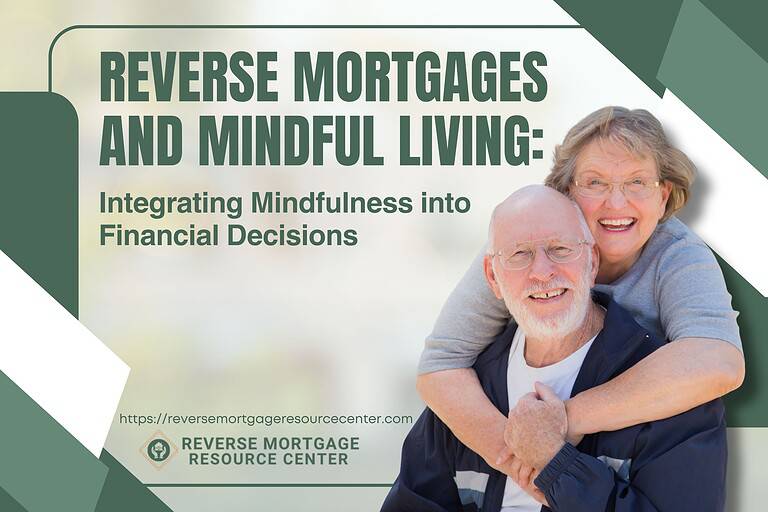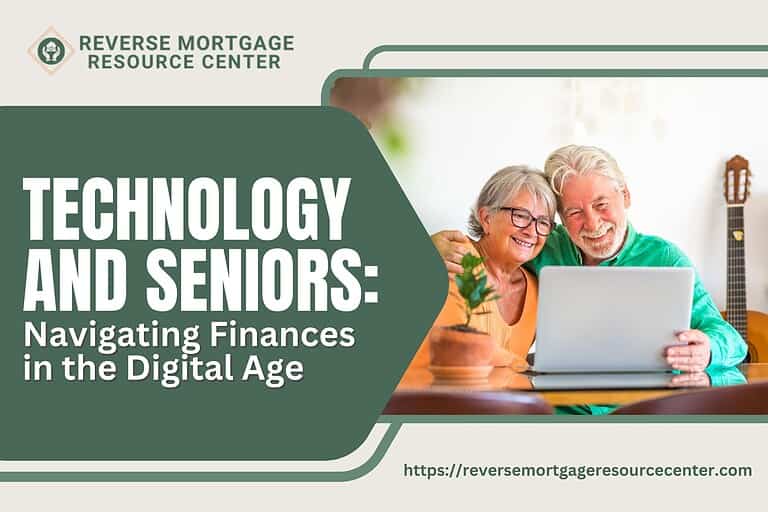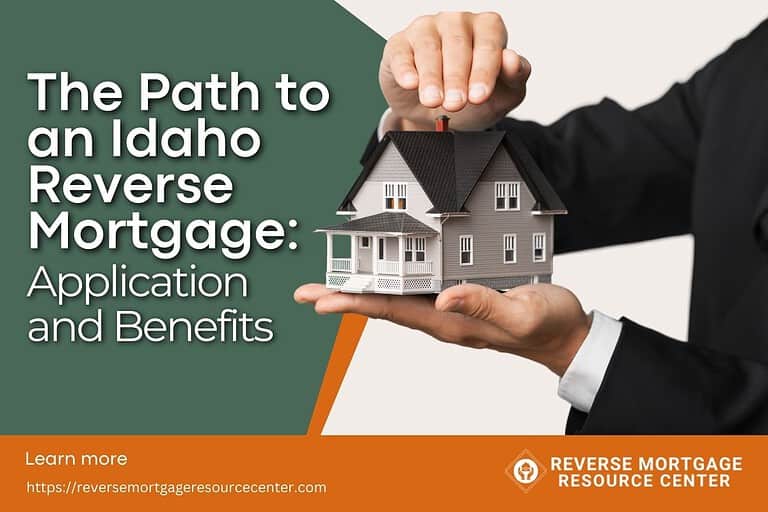Reverse Mortgages and Charitable Giving: Leaving a Lasting Legacy
Retirement brings its own set of financial challenges, and seniors often find themselves exploring creative solutions to ensure both financial security and the ability to leave a meaningful legacy. In this article, we will delve into the intriguing synergy between reverse mortgages and charitable giving, presenting strategies for seniors facing financial challenges in their retirement years.
The Dynamics of Reverse Mortgages
Before diving into the potential for charitable giving, it’s essential to comprehend the mechanics of reverse mortgages. Tailored for homeowners aged 62 and older, a reverse mortgage allows individuals to tap into their home equity without the burden of monthly loan payments. The borrowed funds can be received as a lump sum, monthly disbursements, or as a line of credit, providing seniors with flexibility in how they access and utilize their home equity.
Financial Challenges in Retirement
As retirees navigate their golden years, financial challenges often emerge. Insufficient savings, healthcare costs, and the desire to maintain a comfortable lifestyle are common concerns. Reverse mortgages have evolved from a niche financial tool to a versatile instrument addressing these challenges. By unlocking the equity built in their homes, seniors can supplement their income without the stress of repaying the loan until they sell the property, move out, or pass away.
The Evolution of Reverse Mortgages
Recent years have witnessed a transformation in the perception of reverse mortgages. Once viewed as a last resort for financial emergencies, they are now recognized as a strategic component in retirement planning. One notable aspect of this evolution is the growing acknowledgment of the role reverse mortgages can play in supporting philanthropic endeavors.
Strategies for Incorporating Charitable Giving
Establishing a Charitable Remainder Trust (CRT)
A powerful strategy for merging reverse mortgages with charitable giving involves the establishment of a Charitable Remainder Trust (CRT). Seniors can transfer their home into the trust, receive income generated by the trust, and designate a charitable organization as the ultimate beneficiary. This approach enables ongoing financial support for the homeowner while ensuring a lasting legacy for a chosen cause.
Gifting Real Estate Through a Reverse Mortgage
Another compelling strategy is to use a reverse mortgage to unlock the value of a home and subsequently gift the proceeds to a charitable organization. This not only allows seniors to make a tangible impact during their lifetime but also provides the financial security and flexibility offered by the reverse mortgage.
Donor-Advised Funds (DAFs)
Seniors can leverage Donor-Advised Funds (DAFs) to integrate charitable giving with reverse mortgages. By contributing to a DAF, individuals can receive an immediate tax deduction, and the funds can be distributed to charitable causes over time. This strategy affords seniors control over their charitable contributions while enjoying the financial flexibility provided by the reverse mortgage.
Tax Implications and Benefits
Navigating the tax landscape is crucial when considering the integration of reverse mortgages and charitable giving. While reverse mortgage proceeds are generally tax-free, the charitable contributions made during the homeowner’s lifetime or through their estate may offer valuable tax deductions. Consulting with a financial advisor or tax professional is advisable to maximize benefits and ensure compliance with current tax laws.
Overcoming Misconceptions
Despite the potential benefits, misconceptions surrounding reverse mortgages and their compatibility with charitable giving persist. Concerns about leaving debt to heirs are common, but it’s crucial to clarify that reverse mortgages are non-recourse loans, ensuring that the debt cannot exceed the value of the home. Addressing these misconceptions is vital to empower seniors to make informed decisions about their financial future.
Realizing a Lasting Legacy
The integration of reverse mortgages with charitable giving represents an innovative approach to realizing a lasting legacy. By strategically incorporating philanthropy into estate planning, seniors can positively impact their communities while addressing their unique financial needs. As the landscape of retirement financing continues to evolve, exploring innovative solutions such as reverse mortgages for charitable giving can empower seniors to navigate their financial journey with confidence and purpose.
Collaborative Decision-Making
It’s essential for seniors to collaborate closely with financial advisors, estate planners, and tax professionals when considering these strategies. Tailoring approaches to individual circumstances and goals ensures a legacy that reflects both financial prudence and a commitment to making a positive impact in the community.
Final Thoughts
In the intricate tapestry of retirement planning, the intertwining of reverse mortgages and charitable giving offers seniors a unique and powerful toolset. As they navigate financial challenges, seniors can leave behind a legacy that extends beyond their property and possessions, creating a lasting impact on causes close to their hearts. With careful planning and collaboration with financial experts, seniors can embrace the full potential of reverse mortgages, ensuring both their financial security and a meaningful contribution to the betterment of society.
REVERSE MORTGAGE RESOURCE CENTER ~LIVE LIFE ON YOUR TERMS~
Our Lending Team has been serving our clients since 2004. We are passionate about serving our clients with integrity to help them achieve their financial goals.


